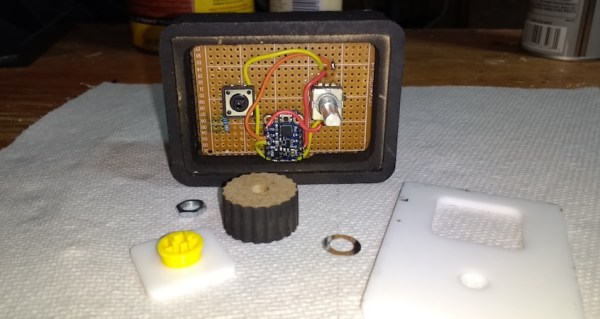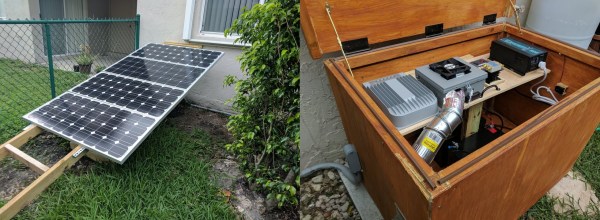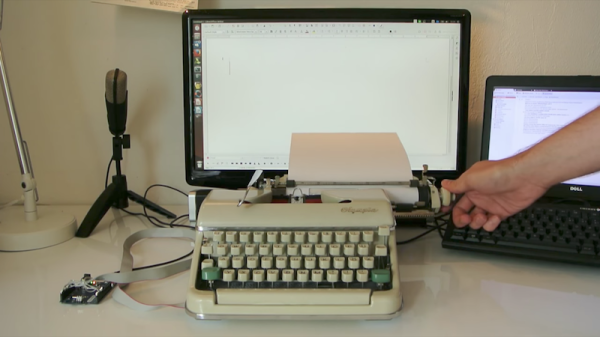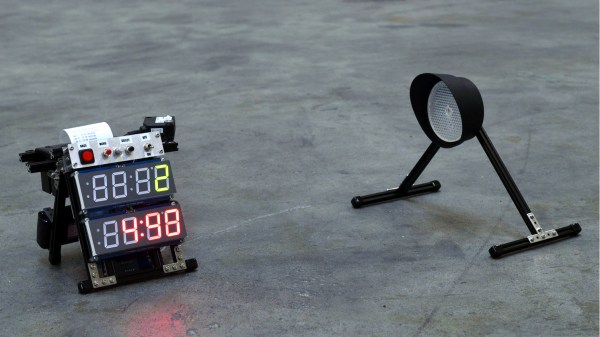For anyone who has owned a boombox or an old(er) cassette player, the digital age volume controls feel incredibly awkward. Keep pressing buttons to get the volume just right can get tiresome real quick. The volume knob just makes sense and in a simple project, [Jeremy S Cook] brings us the Custom Computer Volume Control Knob.
The build employs an Adafruit Trinket board coupled with a rotary encoder and a push button as described by the designers themselves. We reached out to [Jeremy S Cook] to enquire about the build and it turns out his version uses an MDF enclosure as well as an MDF knob. A larger PCB has the encoder and button solder on with the Trinket board connecting to them via multi strand wires. An Acrylic sheet cut to the size serves as the top cover and completes the build.
The button serves as a play/pause button and can come in handy. Since the device enumerates as an HMI device, it should work with almost any OS. It could easily be extended to work with Android Tablets or even iPads. Check out the video below for a demonstration and if you like the idea of custom input devices, check out this DIY shortcut Keyboard. Continue reading “Control The Volume”

















